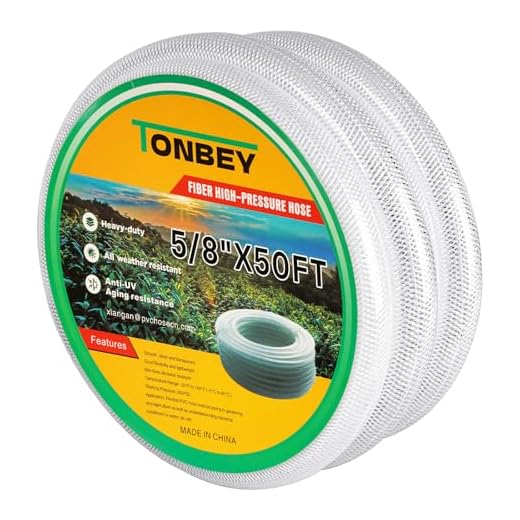
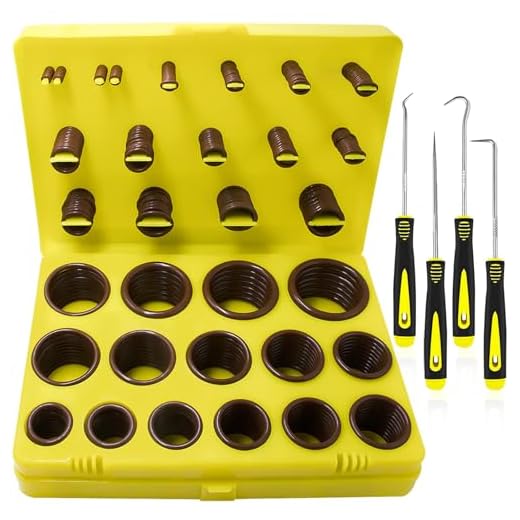
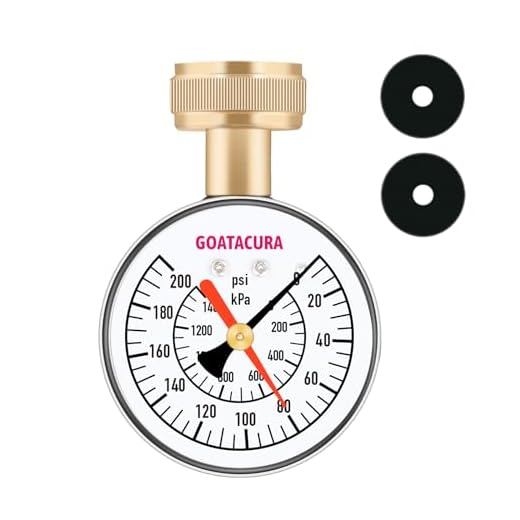

If you notice fluctuations in performance, a few common culprits might be at play. First, check the water supply. Inconsistent water flow can cause the motor to work erratically. Ensure that your hose is free of kinks and that the water source provides a steady supply. Consider the width and length of the hose–these factors can significantly affect water delivery.
Next, inspect the filter. A clogged inlet filter leads to restricted flow, resulting in irregular pressure. Remove the filter and clean it thoroughly, or replace it if it appears damaged. Attention to these components can often resolve the issue quickly.
Another critical aspect is to examine the spray nozzle. If it’s blocked or worn, it may disrupt the water flow, causing performance spikes. Regularly clean your nozzle and replace it if it becomes ineffective. It’s a simple task that goes a long way in maintaining the unit’s overall functionality.
Finally, consider examining the unloader valve. If it malfunctions, it can create pressure inconsistencies. Make sure it’s set correctly and functioning smoothly. I recommend consulting your user manual for specific adjustments. Keeping all these areas in check will enhance the reliability and efficiency of your cleaning system.
Possible Causes of Inconsistent Water Flow
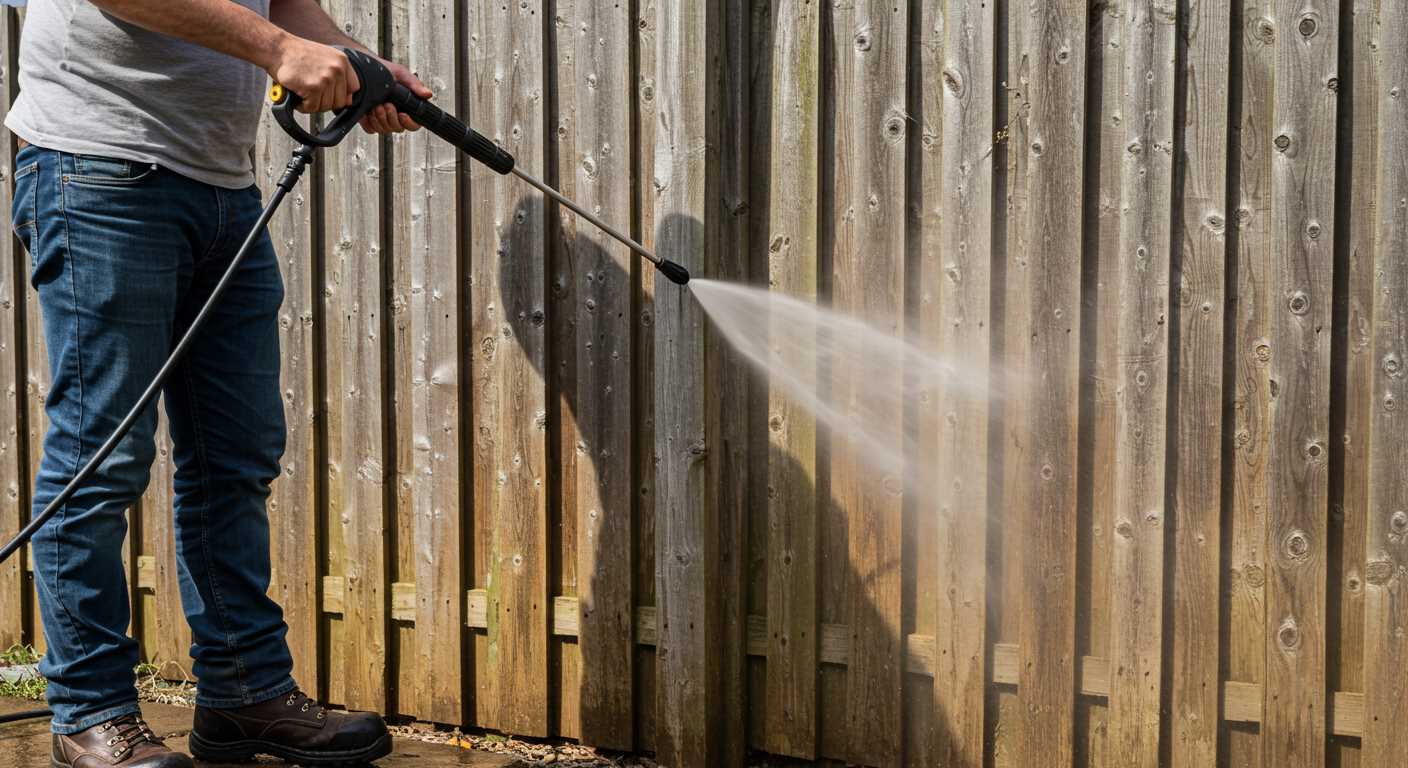
If performance fluctuations occur, examine the water supply. Insufficient water pressure or flow can lead to operational issues. Ensure connections are secure, and the hose remains free from kinks. Removing any restrictions or blockages in the inlet will help maintain a steady flow.
Inspecting the Nozzle and Filters
A clogged nozzle can create irregular spraying patterns. Regularly clean or replace the nozzle to ensure optimal output. Similarly, check inlet filters for debris that might obstruct water intake. Routine maintenance of these components is key to consistent functionality.
Evaluating the Pump and Hose Configuration
Inspect the pump for signs of wear or damage. An impaired pump might struggle to maintain pressure and lead to performance dips. Additionally, verify that the high-pressure hose is intact and not subject to leaks. Any weak points in the system can disrupt water flow and contribute to inconsistent pressure delivery.
Identifying Common Symptoms of Surging
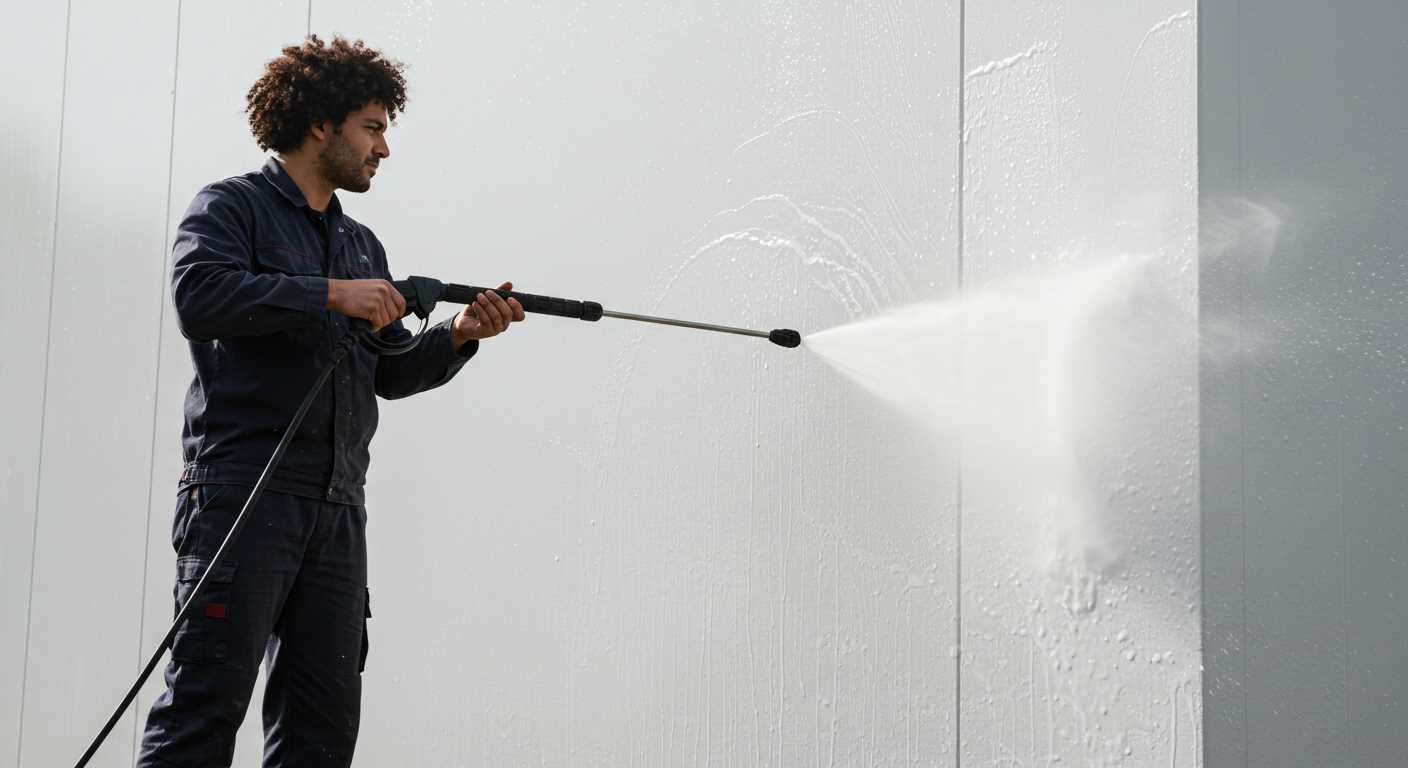
To diagnose issues effectively, pay attention to specific indicators of irregular operation. These symptoms often provide insights into underlying problems causing fluctuations in performance.
Observation Checklist
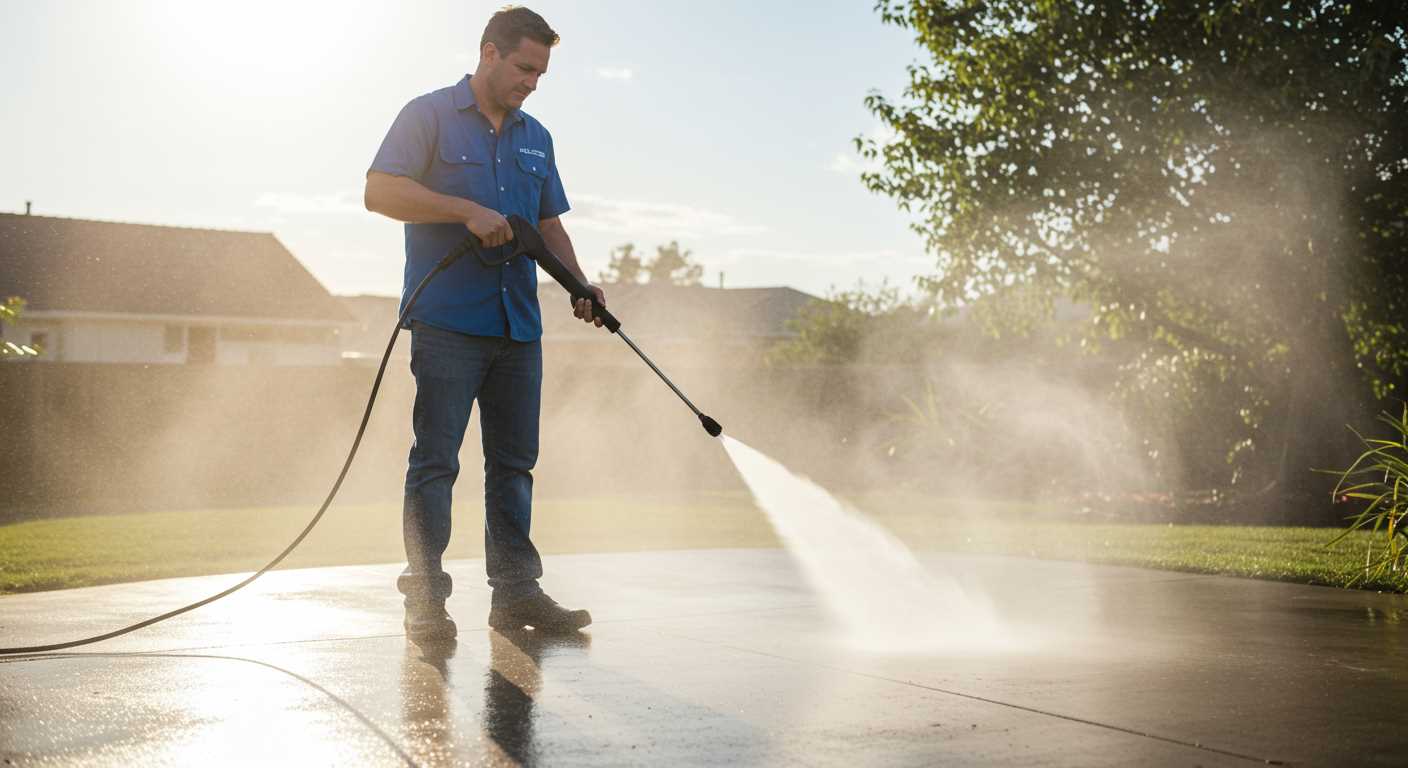
- Inconsistent Water Flow: A noticeable drop in pressure during operation may indicate clogs or air within the system.
- Unusual Sounds: If you hear strange noises, such as sputtering or high-pitched whines, this could signal malfunctioning components.
- Vibration Changes: Excessive shaking during use often points to loose fittings or a misaligned pump.
- Surging Spray Pattern: If the spray fluctuates rapidly between high and low intensity, check the nozzle for restrictions.
- Engine Difficulty: Struggles to start or maintain operation may indicate fuel issues or ignition problems.
Potential Causes
Examining the symptoms can help identify potential causes:
- Clogged Filters: Dirty or blocked filters can restrict water flow, causing uneven performance.
- Air Leaks: Inspect seals and fittings for air ingress, which disrupts pressure stability.
- Fuel Quality: Low-quality or contaminated fuel affects ignition and operational smoothness.
- Pump Issues: Age or damage to internal components can lead to inconsistent output.
By recognising these signs and considering their sources, you’ll be better equipped to address fluctuations and return your cleaning equipment to optimal functionality.
Checking the Water Supply for Issues
Confirm the water source is clean and free of debris. Inspect hoses and fittings for any kinks or blockages that might restrict flow.
Evaluate the water pressure by testing the source. A minimum of 20 PSI is typically necessary for optimal function. Utilise a pressure gauge for accuracy.
Examine the inlet filter located on the machine. Clean or replace it if obstructed, as this can greatly impact performance.
If the water supply is insufficient, consider using a larger diameter hose to improve flow rate. Ensure connections are secure to prevent leaks.
Monitor the temperature of the water. Excessively hot water can damage components, leading to operational disruptions.
Perform regular maintenance checks on the water supply lines. Look for signs of wear or leaks which may inhibit functionality.
Set up a temporary reservoir if the water source is inconsistent, allowing for a steady supply during use.
| Issue | Solution |
|---|---|
| Debris in water source | Clean the source and use a filter |
| Kinked hose | Straighten and secure the hose |
| Low water pressure | Test with gauge; consider upgrade |
| Blocked inlet filter | Clean or replace filter |
| Inconsistent supply | Use larger hose or temporary reservoir |
Examining the Filter for Blockages
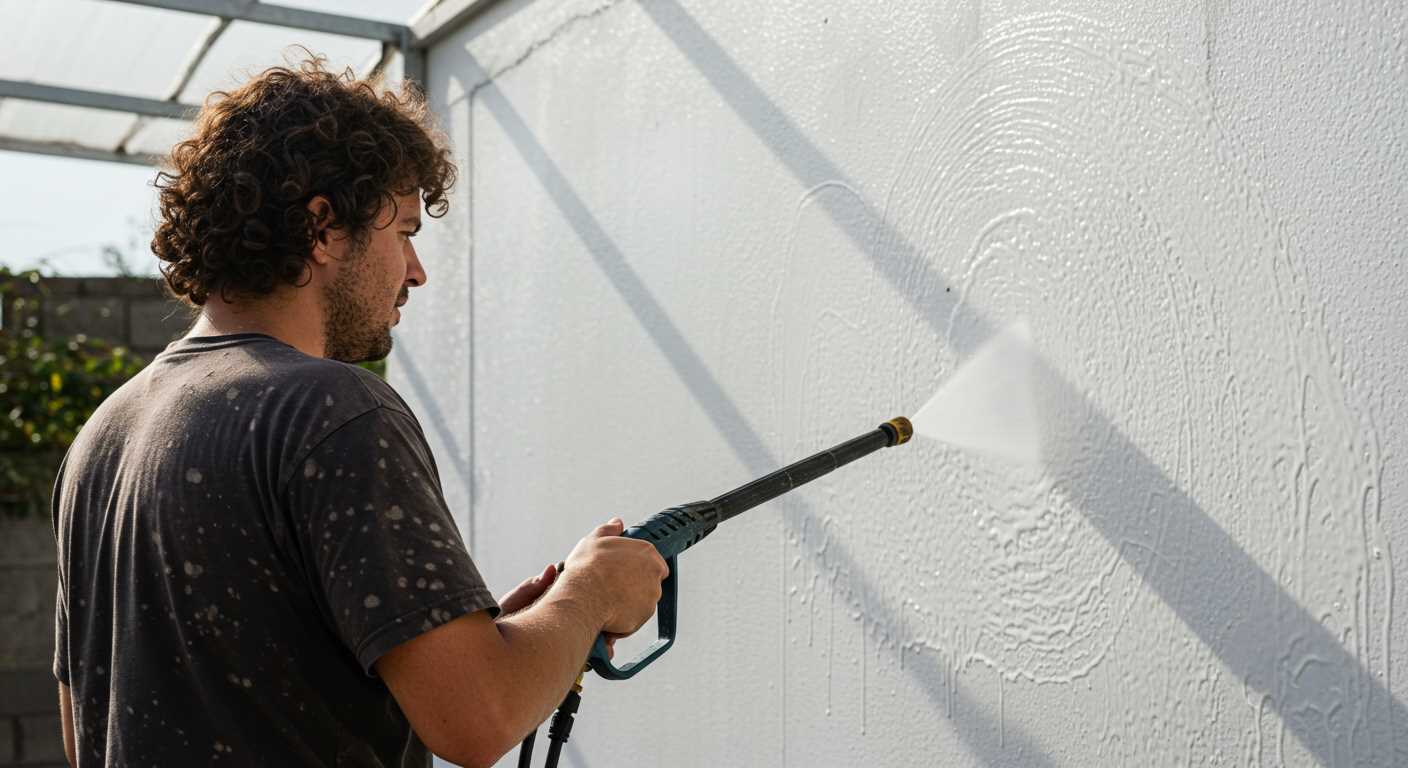
A blocked filter can disrupt the performance of any cleaning device. Start by locating the filter, usually found where the water enters the machine. Disconnect the water supply and carefully remove the filter for inspection. Examine it for dirt, debris, or mineral build-up. Clean the filter with a soft brush or rinse it under running water to remove any obstructions.
Reinstallation and Testing
Once cleaned, reinsert the filter securely into its housing. Ensure there are no gaps or unsecured fittings. After fixing the filter, reconnect the water supply and turn on the machine to check its operation. A clear and clean filter should enhance performance. If issues persist, further inspection of other components may be needed.
Regular Maintenance Tips
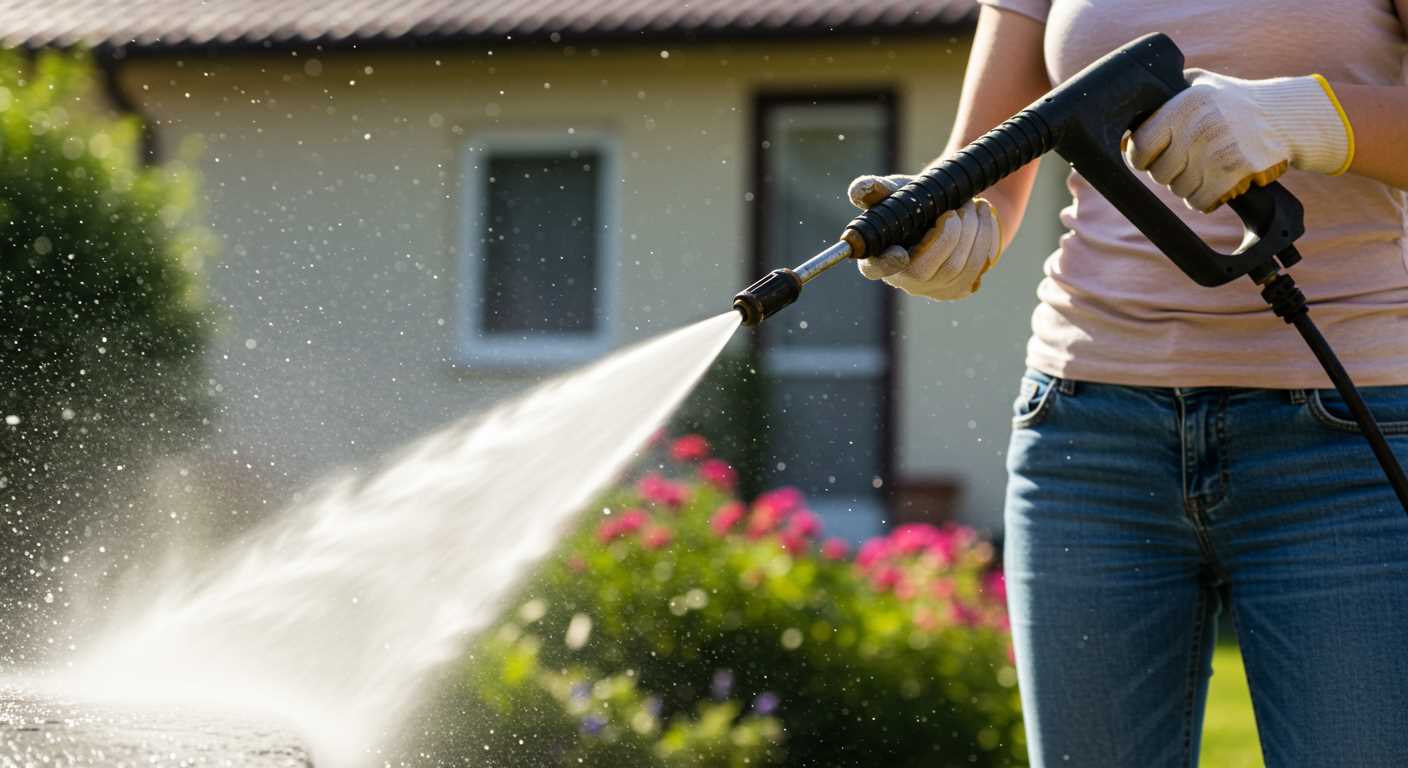
To prevent future blockages, schedule regular maintenance checks. Rinse the filter every few uses, depending on usage conditions, especially if operating in areas with hard water or heavy debris. Maintaining a clean filter will contribute significantly to optimal functionality.
Assessing the Nozzle Condition and Size
Inspect the nozzle regularly. A damaged or worn nozzle can lead to inconsistent water flow and pressure fluctuations. Check for any cracks or physical deformation that may hinder performance.
- Use a clean cloth to wipe the nozzle to remove debris and dirt.
- Try blowing air through the nozzle to check for blockages. A clogged opening can disrupt the water flow.
Choose the correct size nozzle based on the cleaning task. Nozzles have different spray patterns and pressures. Misusing a nozzle can lead to surging issues.
- Determine the appropriate nozzle size by consulting the manufacturer’s guidelines.
- For heavy-duty tasks, consider using a smaller nozzle for higher pressure, ensuring the equipment effectively tackles tough grime.
- Conversely, for delicate surfaces, a larger nozzle may be necessary to avoid damage while still cleaning efficiently.
Upgrading to a high-quality nozzle can make a noticeable difference. Aftermarket options often provide enhanced flow characteristics, improving overall performance.
Investigating the Pump for Mechanical Problems

The first step I recommend is to inspect the pump’s housing for any visible cracks or signs of wear. A damaged housing can lead to leaks, causing fluctuations in performance. Additionally, check the seals and O-rings for deterioration; replacing these can often restore stability in function.
If you’re experiencing fluctuating pressure levels, it’s crucial to examine the pump’s internals. Remove the pump cover to access the plungers or pistons. Look for scoring or pitting on these components, as this can significantly impact the pump’s ability to maintain consistent output. In cases where damage is evident, replacing the affected parts will be necessary.
Pay attention to the drive system of the pump. A misaligned or worn-out drive belt or coupler can result in erratic operation. Ensure that all connections are secure and free from excessive wear.
Also, make sure the pump is securely mounted to its base. Vibration during operation can lead to misalignment, and that can affect performance. Tightening any loose bolts or screws can often mitigate this issue.
Lastly, don’t overlook the possibility of trapped air within the pump. If you suspect this is the case, try running the unit for a few minutes while holding the trigger; this should help purge any air from the system and might restore even flow.
Understanding the Role of Hose and Connections
Check the hose for any kinks or abrasions that may restrict the flow of water. A damaged hose can create pressure fluctuations leading to performance issues. Make sure connections between the hose and unit are tight. Loose fittings allow air to penetrate, disrupting the water flow.
Inspecting the Hose Quality
Use a high-quality hose specifically designed for high-pressure applications. Ensure that the diameter matches the specifications of your equipment. A hose that is too narrow will impede water delivery, while one that is too wide can lead to lower pressure.
Connection Integrity
Examine all connections thoroughly. Utilize Teflon tape to seal threaded joints to prevent leaks. Regularly check quick-connect fittings for dirt accumulation and wear. Cleaning or replacing these parts can greatly enhance performance and reduce surging occurrences.
Troubleshooting the Engine Performance
Start by inspecting the fuel quality. Stale or contaminated petrol can affect combustion. Replace it with fresh fuel, ensuring it meets the manufacturer’s specifications.
Check the spark plug condition. A worn or fouled spark plug may lead to inconsistent ignition, causing fluctuations in pressure. Replace it if necessary and ensure it’s correctly gapped.
Evaluate the air filter. A clogged filter restricts airflow, impacting engine efficiency. Clean or replace the air filter to facilitate proper airflow.
Investigate the carburettor settings. An improper fuel-to-air ratio can provoke stalling or performance issues. Adjust the settings according to the user manual guidelines.
Examine the throttle linkage. If the throttle isn’t opening fully, engine performance can suffer. Make sure it’s functioning correctly and isn’t obstructed.
Listen for unusual noises when the unit is running. Grinding or rattling sounds could indicate internal damage or misalignment within the engine. In such cases, consult a professional for a thorough assessment.
Monitor the engine’s temperature. Overheating typically results from inadequate lubrication or cooling. Regularly check the oil level and ensure the cooling elements are clean and functional.
Finally, review the maintenance schedule. Regular servicing and adherence to recommended check-ups help prevent issues and improve overall reliability. Be proactive in looking after the engine to avoid future complications.









